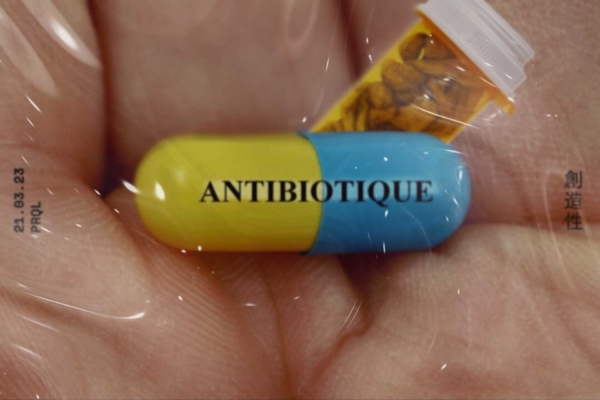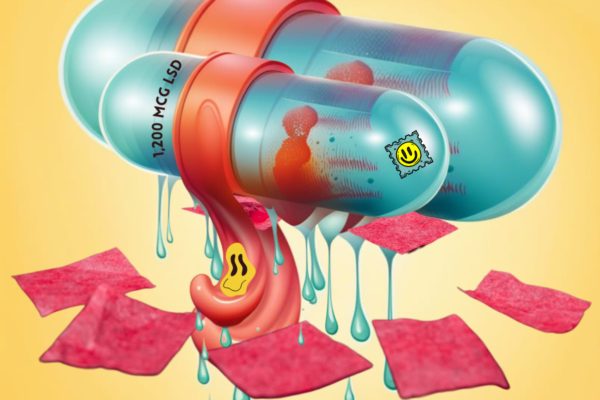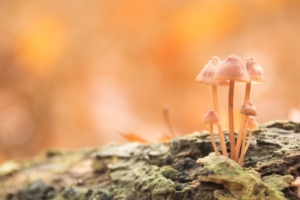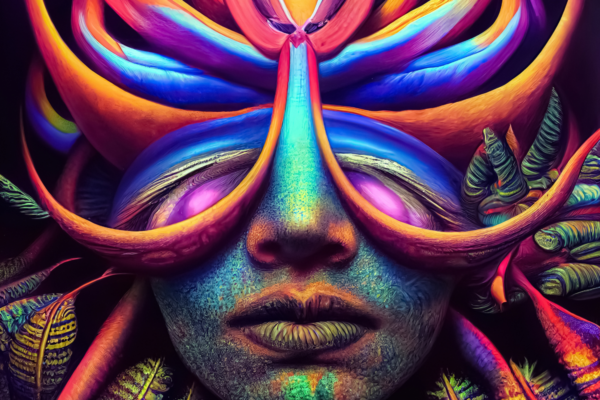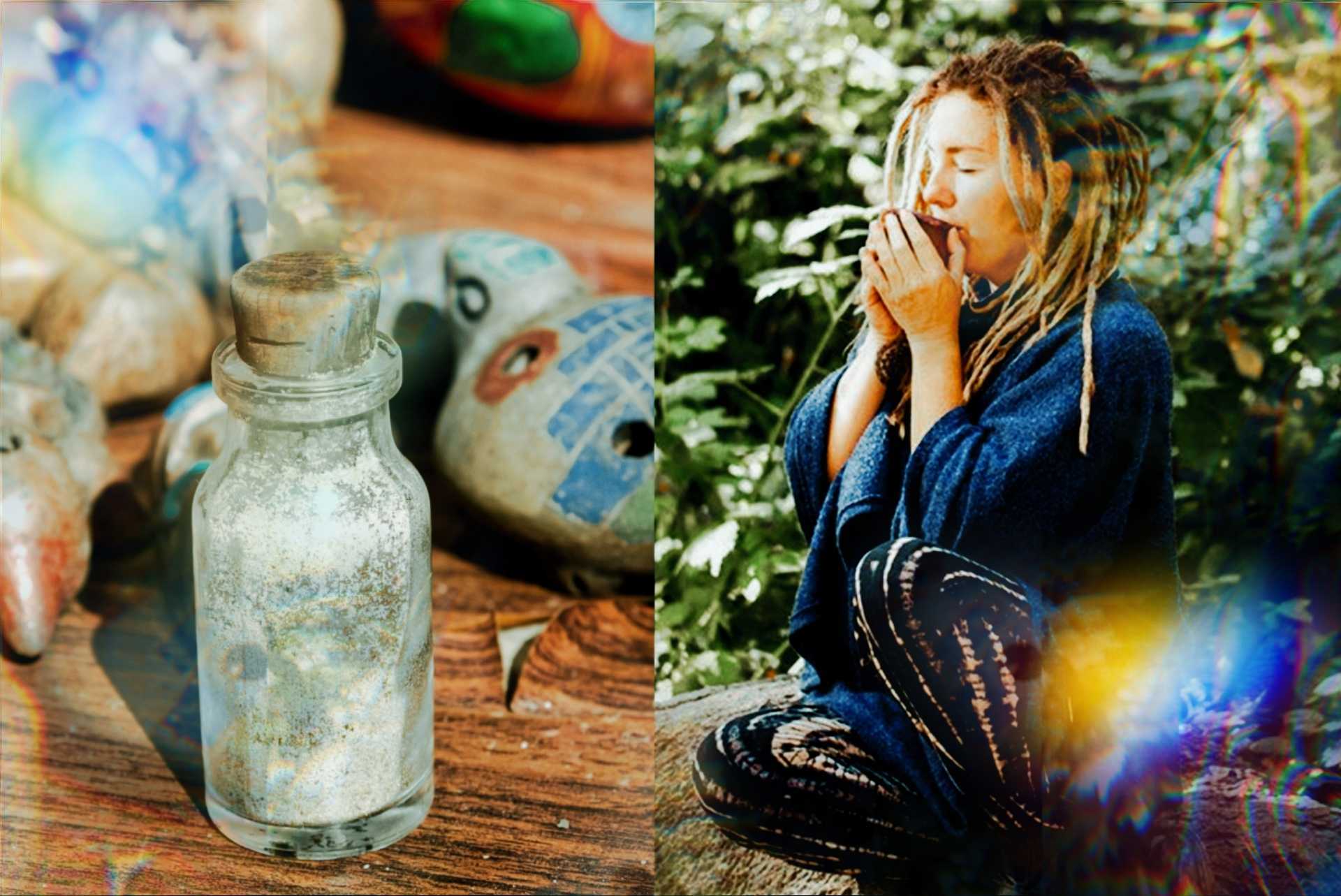
Ayahuasca and DMT are two terms that are often used interchangeably in popular culture, but they are actually two distinct substances that have different effects on the human body and mind. Ayahuasca is a psychoactive brew that has been used for centuries in traditional South American shamanic rituals, while DMT, dubbed “The Spirit Molecule”, is a molecule that can be found in a variety of plants and animals and can be consumed on its own. Despite some similarities in their chemical makeup, the differences between ayahuasca and DMT are significant and can have a profound impact on the experiences of those who consume them.
In recent years, interest in both ayahuasca and DMT has grown significantly, as more people turn to these substances for their potential spiritual and therapeutic benefits. However, the confusion between the two can lead to misunderstandings and even potential dangers for those who consume them. In this article, we will explore the differences between ayahuasca and DMT, including their chemical makeup, sources, and effects on consciousness. We will also discuss the potential benefits and risks associated with each substance and provide readers with the information they need to make informed decisions about whether to consume either ayahuasca or DMT.
What Is Ayahuasca?
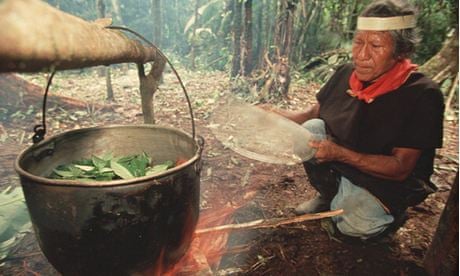
Ayahuasca is a psychoactive brew that has been used by indigenous people in the Amazon basin for centuries in shamanic rituals. The brew is typically made by boiling the Banisteriopsis caapi vine with the leaves of the chacruna plant (Psychotria viridis), which contains the psychoactive molecule dimethyltryptamine (DMT). B. caapi contains harmine, harmaline, and tetrahydroharmine, which are beta-carboline alkaloids that act as monoamine oxidase inhibitors (MAOIs). These compounds prevent the breakdown of the DMT molecule, allowing it to be active when taken orally. The vine is a crucial component of ayahuasca brews, as it enables the psychoactive effects of the DMT-containing plants. While P. viridis contains DMT, which is responsible for the hallucinogenic effects of ayahuasca. The leaves of the plant are typically used in ayahuasca brews, either alone or in combination with other DMT-containing plants such as Chaliponga. When consumed orally, DMT is normally metabolized by the digestive system and does not produce a psychedelic effect, but when consumed with a MAOI like those found in the B. caapi vine, DMT can become active.
However, depending on the region and tradition, different plants may be used or added to the brew to produce variations in its effects. Here are some other plants that may be included in ayahuasca brews:
- Diplopterys cabrerana: Also known as chagropanga or chalipanga/chaliponga, this plant contains a high concentration of DMT in its leaves. Chaliponga is commonly used as an alternative or complement to Psychotria viridis in ayahuasca brews, providing a different character to the experience.
- Mimosa tenuiflora / M. hostilis: Also known as Jurema or Tepezcohuite, this plant contains DMT in its root bark, and is used in some ayahuasca preparations in certain parts of Brazil. hostilis is commonly used for at-home DMT extractions.
- Peganum harmala: Also known as Syrian rue, this plant contains harmine, harmaline, and tetrahydroharmine, the same beta-carboline alkaloids found in the caapi vine. Syrian rue is often added to ayahuasca brews to potentiate the effects of the DMT-containing plants, acting as a substitute for the ayahuasca vine in some traditions.
- Calliandra angustifolia: Also known as Bobinsana, this plant is not psychoactive, but is believed to have medicinal properties and is often added to ayahuasca brews for this reason. It contains tannins, flavonoids, and other compounds that are believed to have anti-inflammatory and healing effects.
The active ingredients in ayahuasca work together to produce a powerful hallucinogenic experience that can last for several hours. Ayahuasca ceremonies are traditionally led by a shaman or curandero, who serves as a guide and facilitator for the experience. The ceremony typically takes place in a dimly lit space or a ceremonial hut, with participants sitting or lying down on mats or blankets. Before drinking the ayahuasca brew, the shaman may lead a prayer or chant, and may blow tobacco smoke or perfume over the participants to cleanse and protect them. The brew itself has a bitter taste and can be difficult to drink but is usually consumed in several rounds over the course of the night. As the effects of the ayahuasca begin to take hold, participants may experience intense physical sensations, vivid hallucinations, and emotional catharsis. The shaman or curandero may sing icaros, which are traditional songs or chants, to help guide the experience and provide spiritual support. The ceremony can last several hours, and participants are often encouraged to stay lying down or sitting quietly until the effects wear off.
However, ayahuasca can also have potential side effects. The brew can cause physical discomfort such as nausea, vomiting, and diarrhea, and can interact with certain medications or health conditions. In traditional South American shamanic practices, vomiting or purging during an ayahuasca ceremony is often seen as a necessary and even beneficial part of the experience. The act of purging is thought to release physical and emotional toxins from the body, including trauma and negative energy, and is believed to be a key part of the healing process.
Is Ayahuasca Legal?
Ayahuasca has a complex legal status in many countries. In the United States, for example, the use and possession of ayahuasca are illegal under federal law, although there are some exceptions. The Supreme Court has ruled that members of the Native American Church can legally use peyote, a psychedelic cactus containing mescaline, as part of their religious ceremonies. This argument has been similarly employed by ayahuasca churches. In November of 2005, the U.S. Supreme Court heard arguments in the case of Gonzales v. O Centro Espirita Beneficente Uniao do Vegetal. In a unanimous decision in February 2006, the court ruled that the U.S. federal government was required to permit the Brazilian União do Vegetal (UDV) church to import and use ayahuasca in their religious ceremonies. This ruling was based on the 1993 Religious Freedom Restoration Act, which provides protection for individuals to practice their religious beliefs without interference from the government. Other ayahuasca churches have argued that their use of ayahuasca is similarly protected under this provision. However, the legal status of some churches remains somewhat uncertain, and they have faced legal challenges in the past. In some other countries, such as Brazil, the use of ayahuasca is legal under certain conditions.
Despite these legal uncertainties, the use of ayahuasca has continued to grow in popularity, and some advocates are working to change the legal status of the plant in order to allow for more widespread use and research. Since 2019, several cities in the United States have decriminalized the use of ayahuasca and other “entheogenic” plants. Oakland and Santa Cruz in California, Ann Arbor in Michigan, and Washington D.C. have all decriminalized these substances. In October 2021, Seattle’s city council also voted to decriminalize the cultivation and sharing of several psychedelic substances, including ayahuasca. In November 2021, the city of Detroit made the personal possession and therapeutic use of entheogenic plants by adults the city’s lowest law-enforcement priority.
Can Ayahuasca Help Treat Mental Health Disorders?
Ayahuasca has been found to have therapeutic potential for treating a variety of mental health conditions, including depression, anxiety, PTSD, and addiction. In 2019, the first controlled trial researching the antidepressant effects of ayahuasca found that ayahuasca caused significant antidepressant effects when compared to the placebo. Ayahuasca has also been identified as a possible treatment for an array of mental and physical illnesses such as depression, suicidality, anxiety, trauma, grief, addiction and substance use disorder to even neurodegenerative diseases. There is even an ayahuasca pill being developed that could provide patients an ayahuasca experience in a clinical setting.
In summary, ayahuasca is a brew of several plants that contain DMT, MAOIs, and other compounds that together enact psychedelic effects lasting hours. Ayahuasca has gained popularity in recent years as a tool for personal growth and healing despite its complex legal standing. The brew is increasingly being studied for its potential therapeutic benefits, particularly in the treatment of mental health conditions such as depression, anxiety, and addiction. Thanks to knowledge spreading of the healing power that ayahuasca holds, ayahuasca retreats have become some of the most popular psychedelic retreats where people can experience ayahuasca in a safe, guided environment.
What Is DMT?

DMT, or N,N-dimethyltryptamine, is a powerful psychedelic compound that can be found in a variety of plants and animals, including certain species of bark, leaves, and roots. Unlike ayahuasca, which is a brewed combination of different plants, DMT is typically consumed on its own, usually by smoking it.
Some people extract DMT at home from the roots of plants such as Mimosa hostilis, using a process that involves boiling the plant material in a solvent, filtering it, and evaporating the solvent to produce a concentrated extract. Other plants that contain DMT, such as Acacia species and Phalaris arundinacea are also sometimes used.
This extract can appear in a variety of forms, such as white or yellow crystalline powder, which can then be smoked using a pipe or vaporizer. It is also less commonly, but not unheard of, consumed orally by taking an ayahuasca-like brew which combines DMT with a MAOI (such as Syrian rue) that allows the DMT to be active when ingested.
The effects of DMT are typically short-lived, lasting only around 10-15 minutes, but can be extremely intense and profound. A DMT trip can be described as a sudden and overwhelming breakthrough to a completely different state of consciousness, characterized by intense visual and auditory hallucinations, as well as a sense of ego dissolution and time distortion. Many people report being transported to another “dimension,” with shared reports of many speaking to entities in this realm. While the effects of DMT last around 10-15 minutes, people report feeling like the trip last hours and hours, with some people reporting living through a lifetime of experiences.
Is DMT Legal?
DMT is classified as a Schedule I controlled substance in the United States, which means it is illegal to manufacture, buy, possess, or distribute. This puts it in the same category as other highly regulated psychedelic substances like psilocybin and LSD. DMT is also banned in many other countries around the world. However, the legal status of DMT is complex when it comes to its use in religious and spiritual contexts. For example, some Native American tribes use DMT-containing plants in ayahuasca preparations as part of their traditional spiritual practices. A lot of the context of DMT’s legality lies in its use in ayahuasca ceremonies, with the Supreme Court having heard two cases regarding this. Knowing the difference between ayahuasca and DMT is important when considering their legality considering that DMT by itself has not yet to be considered legal under religious exceptions, but ayahuasca has. Some DMT-containing plants, such as the bark of M. hostilis, are not controlled substances and are legal to purchase, but the moment it is used to extract DMT from it, then it becomes a Scheduled I drug.
Can DMT Help Treat Mental Health Disorders?
Like ayahuasca, DMT is widely believed to be a non-addictive substance and is not known to cause any form of neurotoxicity. In terms of toxicity, it has a remarkably low level relative to its dose. Like other psychedelics, acute exposure to DMT is typically associated with only a few physical side effects. Studies suggest that when consumed in reasonable doses under controlled conditions, DMT does not typically produce negative cognitive, psychiatric, or physical effects. In addition, DMT has been researched for its therapeutic effects, such as helping combat depression, PTSD, and anxiety. Along with drugs like psilocybin and MDMA, DMT is on the forefront of a psychedelic pharmacological revolution that aims to provide people afflicted with mental health disorders an alternative way to find relief.
In 2023, Small Pharma, a biotech company investigating DMT’s capacity in treating severe depression published the results of their Phase II trial using their proprietary DMT to treat MDD. Two-thirds of trial patients achieved sustained remission six-months after their treatment, 64% maintained their remission for the entire six months.
Later the same year, the company published the results of their Phase Ib study investigating the interaction between selective serotonin reuptake inhibitors (SSRIs) and their proprietary version of DMT (SPL026). The results demonstrated that co-administration of SPL026 with SSRIs can broaden access and streamline the clinical development pathway. According to Small Pharma’s press release, DMT was well-tolerated by a 100% of patients, and no serious drug-related adverse events were reported.
However, the most significant outcome of the study – except reaffirming the efficacy of Small Pharma’s Phase IIa study – is that the researchers observed that the antidepressant effects in the SSRI cohort were enhanced, meaning that that combining DMT with SSRIs may potentially increase the efficacy of DMT therapy for patients suffering from MDD. Of course, more research is needed, however, this is a great step in validating DMT’s therapeutic effects.
DMT is a powerful psychedelic compound that produces intense and transformative effects on consciousness, often described as a breakthrough to a completely different state of reality. While DMT can be consumed in a variety of forms, it carries potential risks and side effects and should be approached with caution and respect.
Summarizing the Differences Between Ayahuasca and DMT

While ayahuasca and DMT are both psychedelic substances that produce intense and transformative experiences, there are key differences between the two. To recapitulate:
- Ayahuasca is a brewed combination of different plants, while DMT is typically consumed on its own, either by smoking or in a concentrated form.
- Ayahuasca contains both DMT and MAOIs that allow the DMT to be orally active, producing a longer-lasting and more intense psychedelic experience than DMT on its own.
- Ayahuasca experiences are longer in duration with a slower onset than DMT, usually taking 20-60 minutes to kick in and lasting up to 6 hours. DMT usually kicks in within seconds and lasts up to 15 minutes.
- Ayahuasca experiences are also often guided by a shaman or curandero, who may sing icaros and provide spiritual support. Ayahuasca is rarely taken recreationally alone at home and is often advised against. In contrast, DMT experiences do not require a shaman, with it being popularly done at home for self-exploration reasons.
- Ayahuasca can cause certain side effects such as nausea, vomiting, and gastrointestinal issues that are said to be central to the experience, while DMT typically associated with only a few physical side effects.
- Both ayahuasca and DMT are non-addictive and relatively safe substances when consumed in reasonable doses.
- Both ayahuasca and DMT are controlled substances, but ayahuasca has certain exceptions when used in the context of religious ceremony.
Ayahuasca and DMT can sometimes be confused with each other because they both contain DMT, but they are two distinct substances with vastly different effects. Understanding the differences between the two and the appropriate settings for their use can provide people with the knowledge needed to safely and enjoyably experience them.
You may also like: DMT vs. Psilocybin: Key Differences
